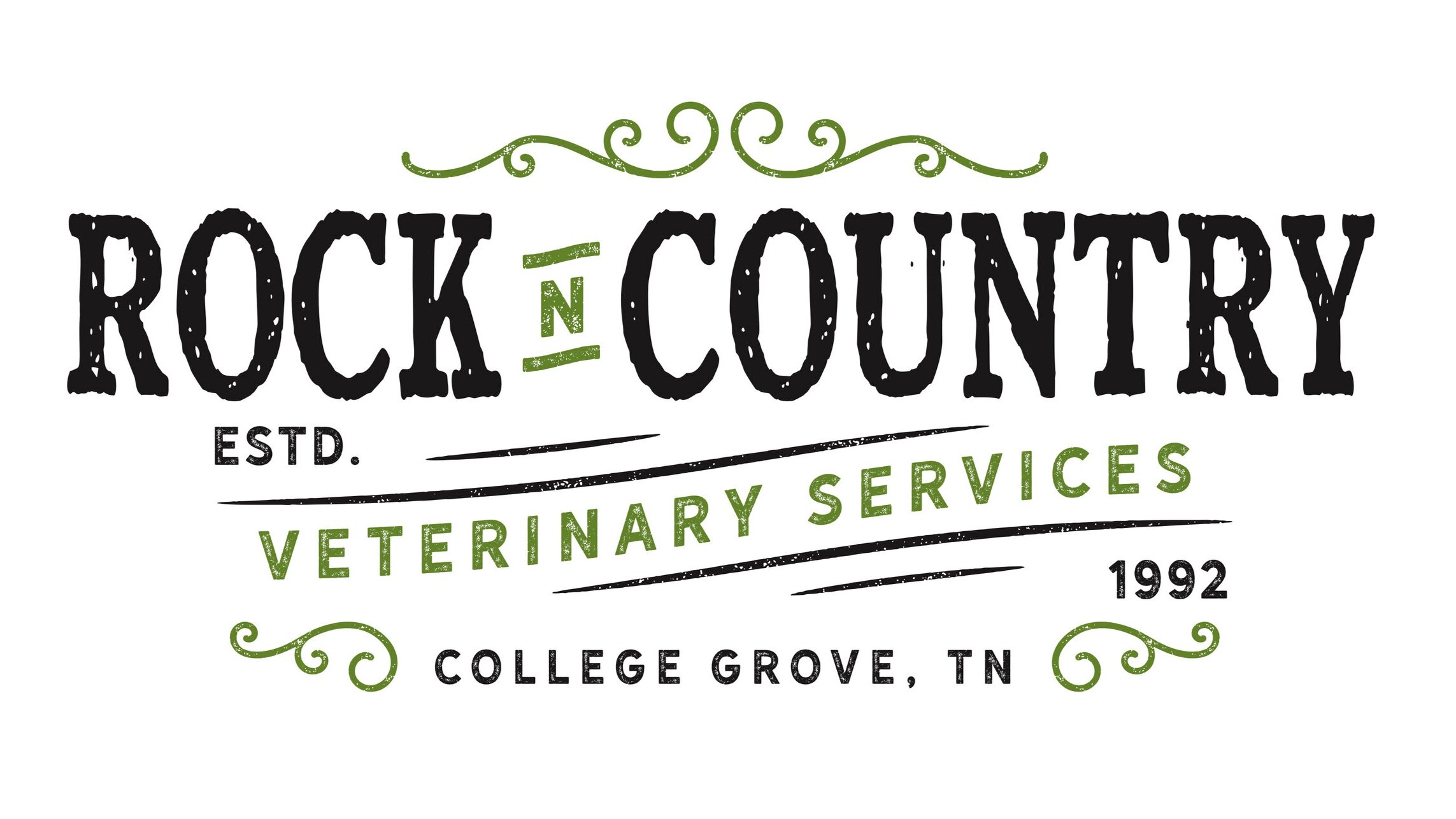Age is NOT a disease!
Eric Fold, DVM
September 9, 2018
Sure, age is not a disease, but some of our older pets are starting to show some gray around their muzzle. Maybe they don't get up as fast to greet the delivery man at the door, or they don't pull as hard during their evening neighborhood walks. Pets help us get through some of the best but also the most difficult seasons in our lives. They faithfully greet us every day only needing a moment of our attention. Don't let these last years of their life end in a state of emergency, but give them the best care and attention they deserve. We at Rock-N-Country Veterinary Services want to make these last years the happiest and strongest years of their life!
When is a pet considered senior?
Contrary to popular belief, dogs do not age 7 years for every human year. Most dogs and cats are considered senior when they are 7 years old. Dog and cat lifespans however, differ between breeds and size. Small breed dogs for instance, typically live longer than giant large breed dogs. Although the pet may be considered senior, due to advanced diagnostics and higher quality medicine our faithful friends can live long healthy lives.
Most small and medium size dogs are seniors around age seven
Large breed dogs are senior around age five
Cats are senior around age eight
Annual and Biannual examinations
Photo by Jevtic/iStock / Getty Images
Regular health examinations are important especially in our older friends since they are at higher risk of developing lumps and bumps. It is always disheartening to see a pet that is in end organ failure due to a disease that could have been treated or even cured with a few medications or simple dietary changes. Having a senior pet calls for special attention to the heart, liver, kidneys and joints. Bringing your pet in for biannual examination allows the veterinary team to track current medical conditions as well as diagnose new abnormalities early to make sure these conditions remain under control. Routine blood work and x-rays are great tools to diagnose early organ disease and can actually significantly impact the longevity of your pet if these diseases are caught early.
Have your aging pet checked every six-twelve months
Annual blood work allows for early screening of internal organ disease
As mentioned above, our faithful friends are susceptible to organ failure and disease as well as cancer just like people are. As these organs age, they may have been exposed to different environments or medications that can alter their health. These small alterations can lead to life threatening circumstances that can be avoided with proper care. Dogs and cats also may have decreased vision or energy with time, both of which can be normal changes in metabolism or secondary to significant disease processes. Dogs are more likely than cats to get cancer, yet we have several treatment options to help slow or even remove cancer growth from the body. Just like human medicine, we have made it possible for our pets to live longer healthier lives.
Cancer is a higher risk in more so in dogs than cats
Liver and kidney disease are common in both dogs and cats
Decreased energy and vision are normal, but may indicate underlying disease
Thankfully, our pets today can live longer and healthier than they could ten years ago. With advances in diagnostics, medicine and surgery we are able to detect and treat conditions with fast results. Just because your old buddy is getting some gray whiskers doesn’t mean that their time is running out, just that we may need to pay them some special attention to keep them happy and healthy!
resources
“Senior Pets.” Avma.org, www.avma.org/public/PetCare/Pages/Senior-Pets.aspx.




